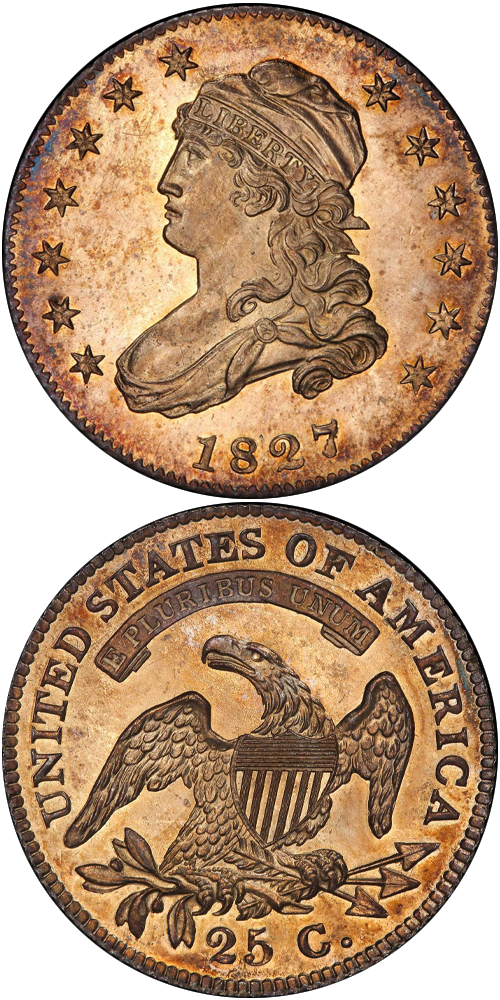1827/3/2 Capped Bust Quarter
The 1827/3/2 quarter, like certain other classic American numismatic rarities is enigmatic. All were struck as Proofs, but for what purpose is unknown. The nine known Originals, were clearly struck in 1827, using the same reverse die as the 1828 Browning-1 quarters but in an earlier die state. Their edge reed count of 108 likewise matches the quarters of this era. There is a nice story about Joseph Mickley visiting the Mint in 1827 and securing four Proof quarters for face value, but this twice-told tale seems to have been first published after Mickley died and is likely folklore.
Of the nine specimens that exist, each of which has had its provenance fully traced, just eight are available to collectors. The piece reserved for the Mint Cabinet remains with the rest of the coins collected at the Philadelphia Mint before 1923, now in the National Numismatic Collection at the Smithsonian Institution. Among the eight that remain, one is well worn (the Eliasberg coin, graded VF-20) and most of the others do not approach the Proof 66+ CAM offered in the 2015 Pogue Sale in terms of technical merits and eye appeal.
For many years the 1827 Original has been considered a landmark in American coinage. Countless comparisons have been made between the 1827 quarter and the 1804 silver dollar (which despite its great fame, actually appears to exist in slightly greater numbers) ... recognized for well over a century as a classic rarity.
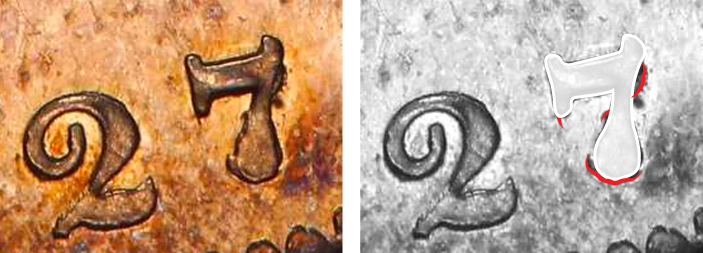
The example to the left was sold by Stack's Bowers Galleries in the D. Brent Pogue Part I Auction, where it realized $705,000.
1827/3/2 Capped Bust Quarter Auction Highlights
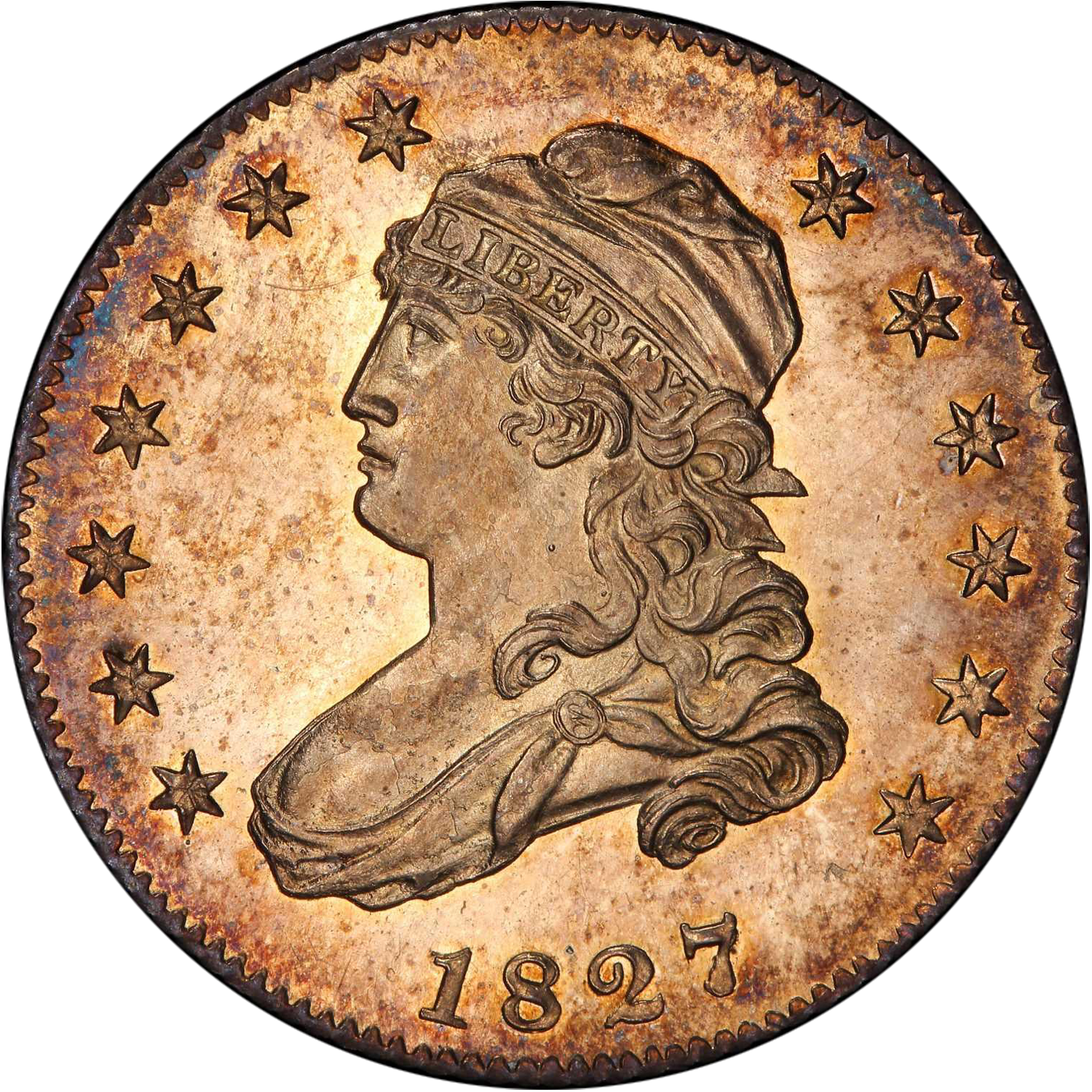 PCGS PR-66+ CAM Sold for $705,000 View Lot 1076 | 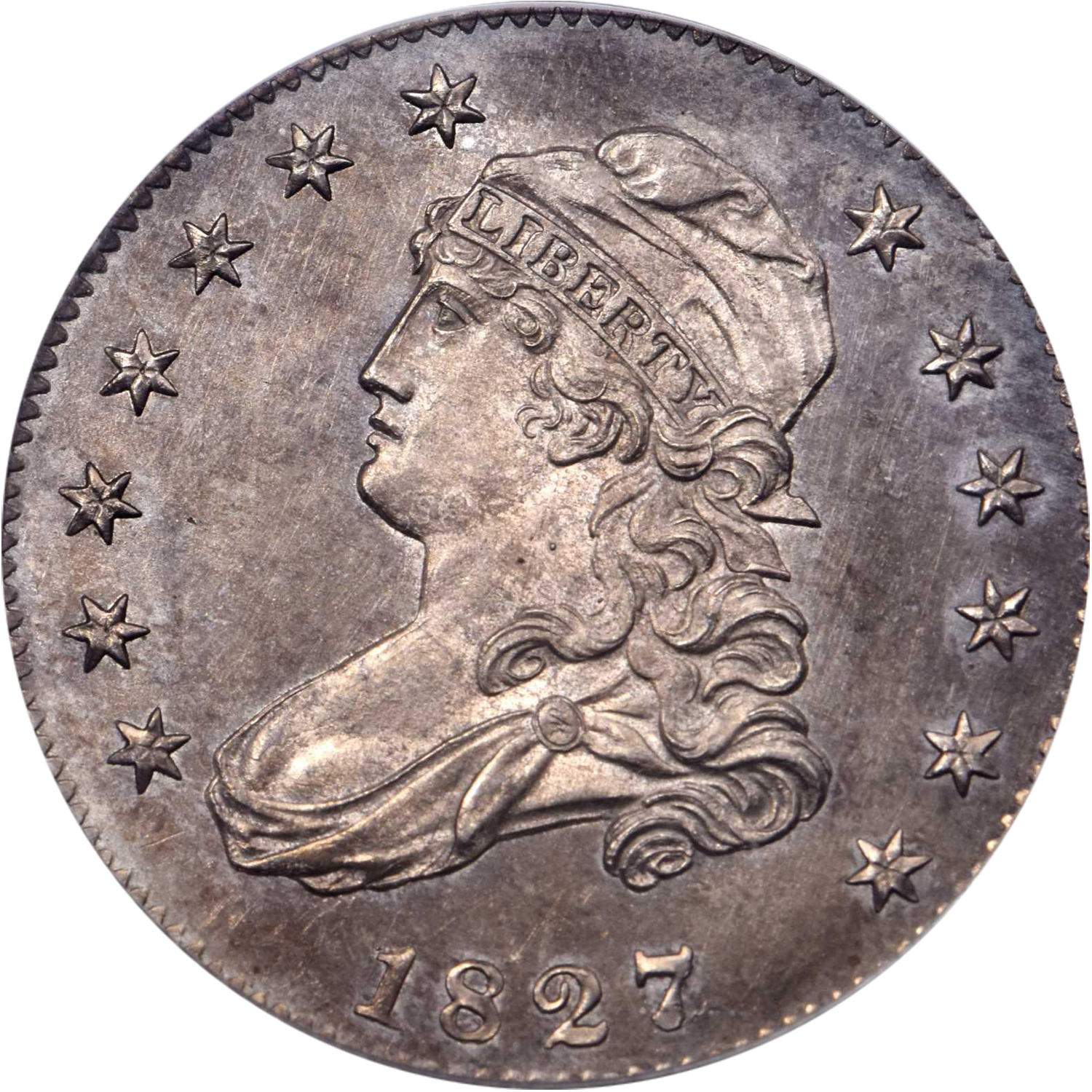 PCGS PR-65 CAM Sold for $588,000 View Lot 4063 | 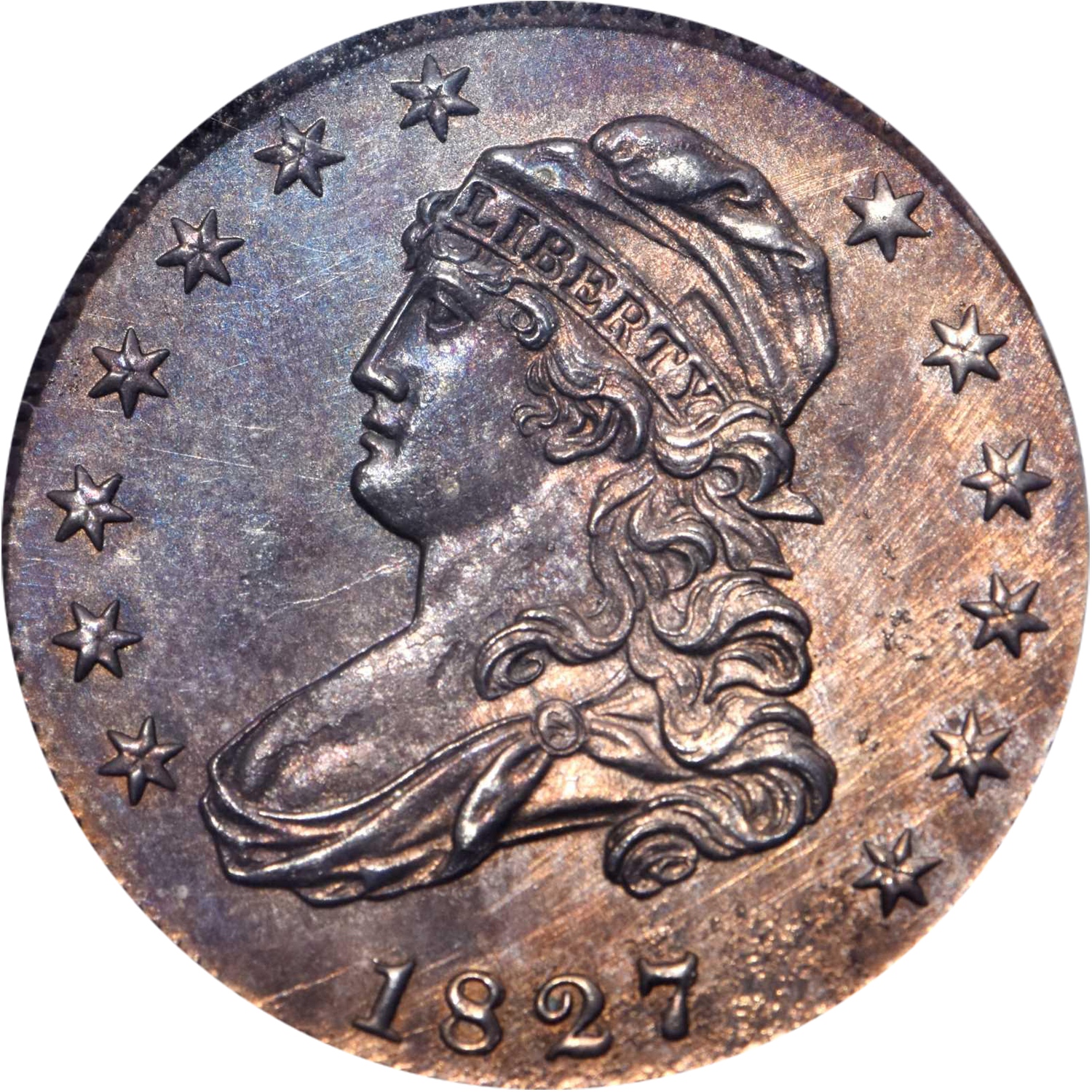 PCGS PR-63 Sold for $52,800 View Lot 4065 |
